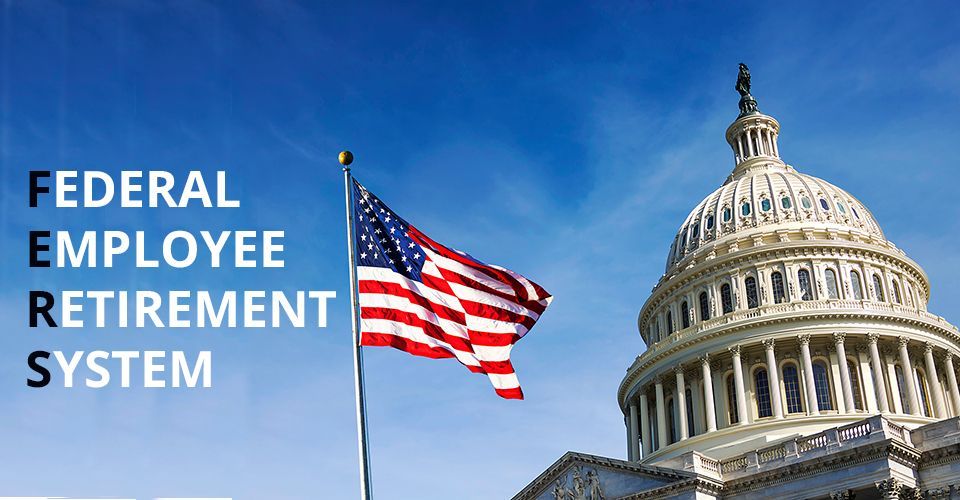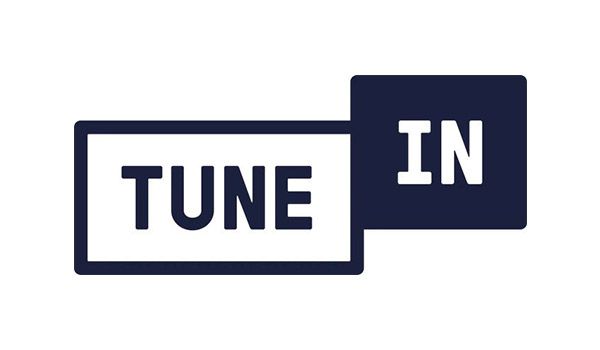Ep 7: Understanding Your TSP Options in Retirement
Thursday, February 08, 2024
Inside this episode:
The Thrift Savings Plan (TSP) for federal employees plays a crucial role in retirement planning, and it’s important to understand your options and the best ways to utilize the account. Whether you're diligently working towards retirement or already considering your income streams post-career, the TSP is a pillar you can't afford to overlook.
In this video, Gregory Jameson will discuss the importance of maximizing your contributions, understanding the benefits of dollar-cost averaging, and the nuances of both traditional and Roth TSP options. From the matching contributions that FERS employees receive to the strategy behind catch-up contributions for those over 50, he’ll cover the tactics that could significantly enhance your retirement savings.
If you haven’t had these discussions or made a plan for how to use your TSP in retirement, Federal Retirement Experts can help you with this and all of your benefits.
Here’s some of what we discuss in this episode:
0:00 – Intro
1:40 – What is the TSP
4:44 – Traditional vs Roth
6:34 – Investing
11:42 – Creating income from your TSP
REQUEST YOUR FREE FEDERAL EMPLOYEE BENEFITS ANALYSIS
FEDERAL EMPLOYEES AGES 50+ ARE ELIGIBLE
WITHIN THE CONTINENTAL UNITED STATES
Click below to request your complimentary Federal Employee Benefits Analysis!
Get Retirement Ready!
Our personalized, complimentary pre-retirement analysis helps to explain your Federal benefits, how they work in retirement, and calculate your projected retirement income.
This comprehensive report will cover important areas of your retirement options including:
- TSP Withdrawal Options & Benefits
- Government Defined Benefit Pension Plans
- FERS Supplement & Social Security
- Survivor Benefits
- Federal Employee Group Life Insurance (FEGLI) costs
- Federal Employee Health Benefit (FEHB) costs
- First Year in Retirement Projected Income
- And more!
Listen To More Episodes



More Featured Articles
















